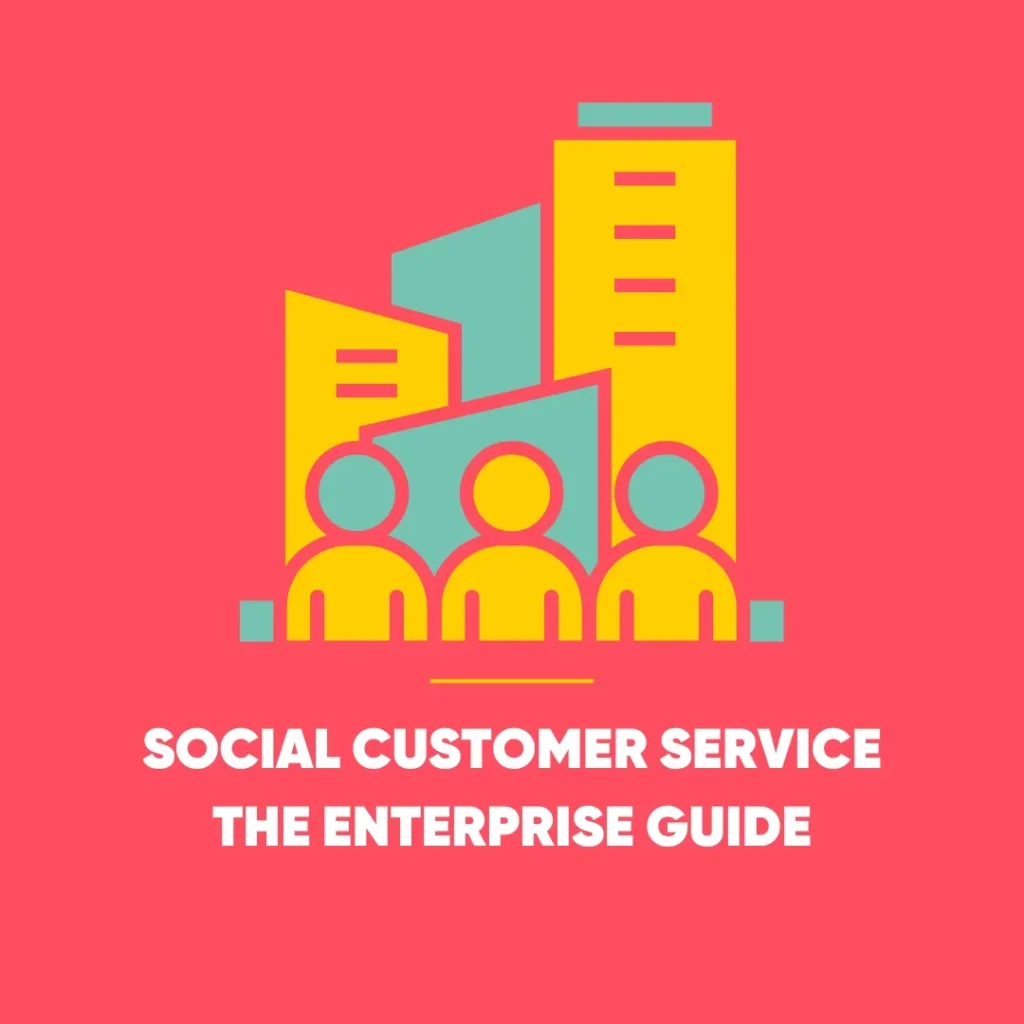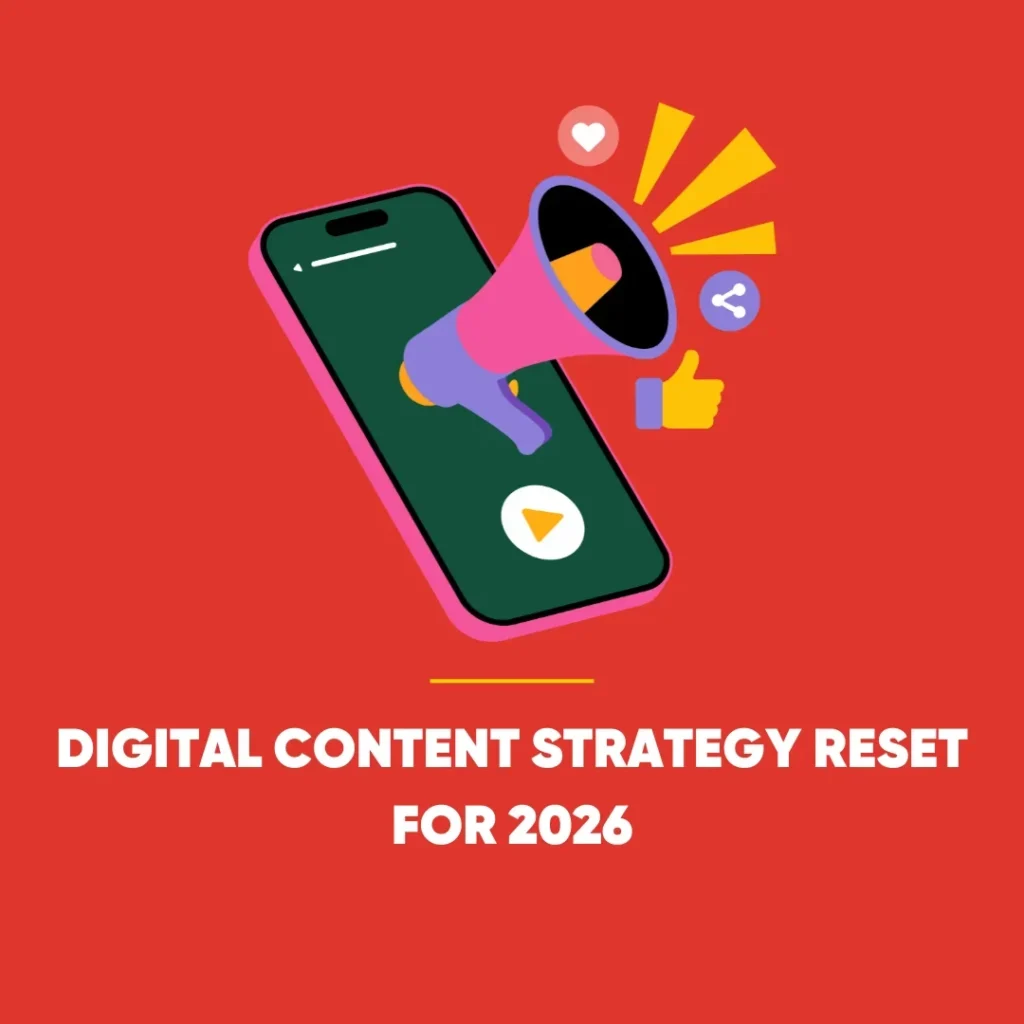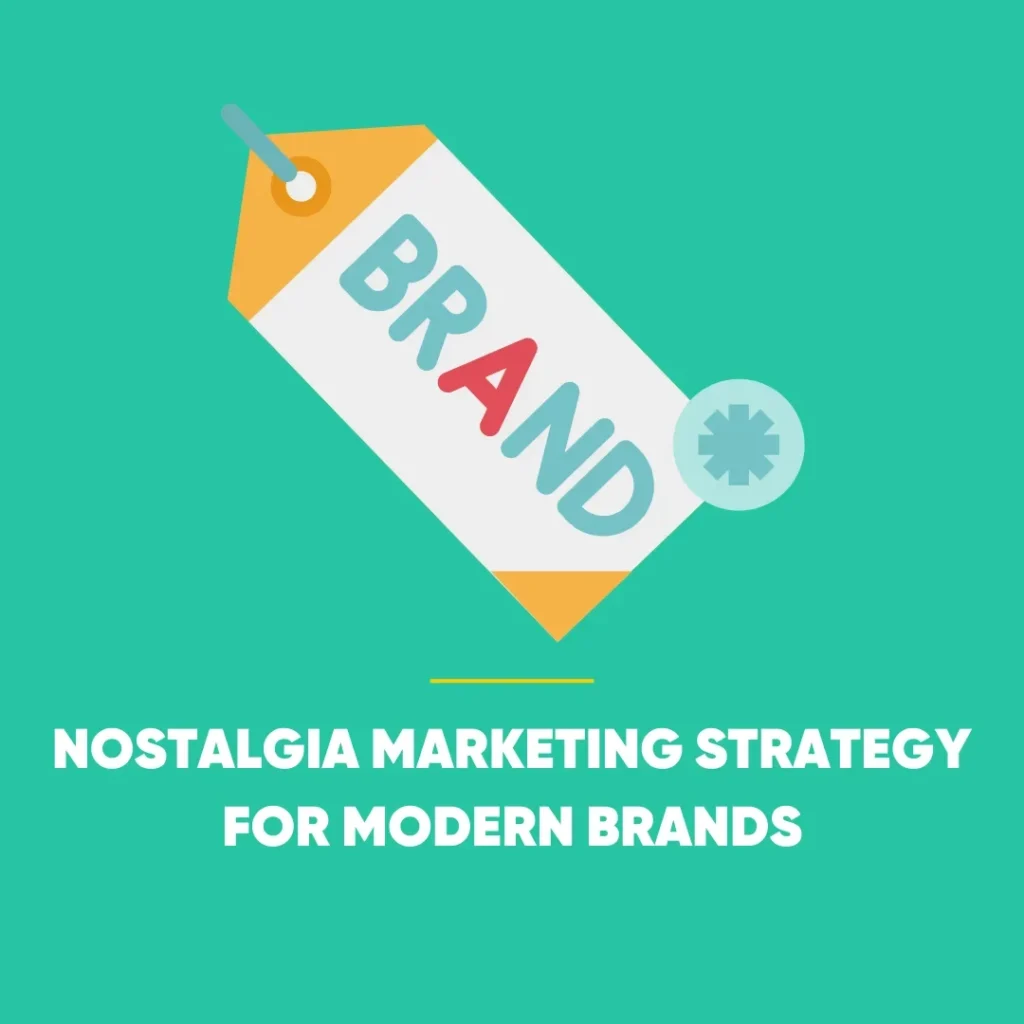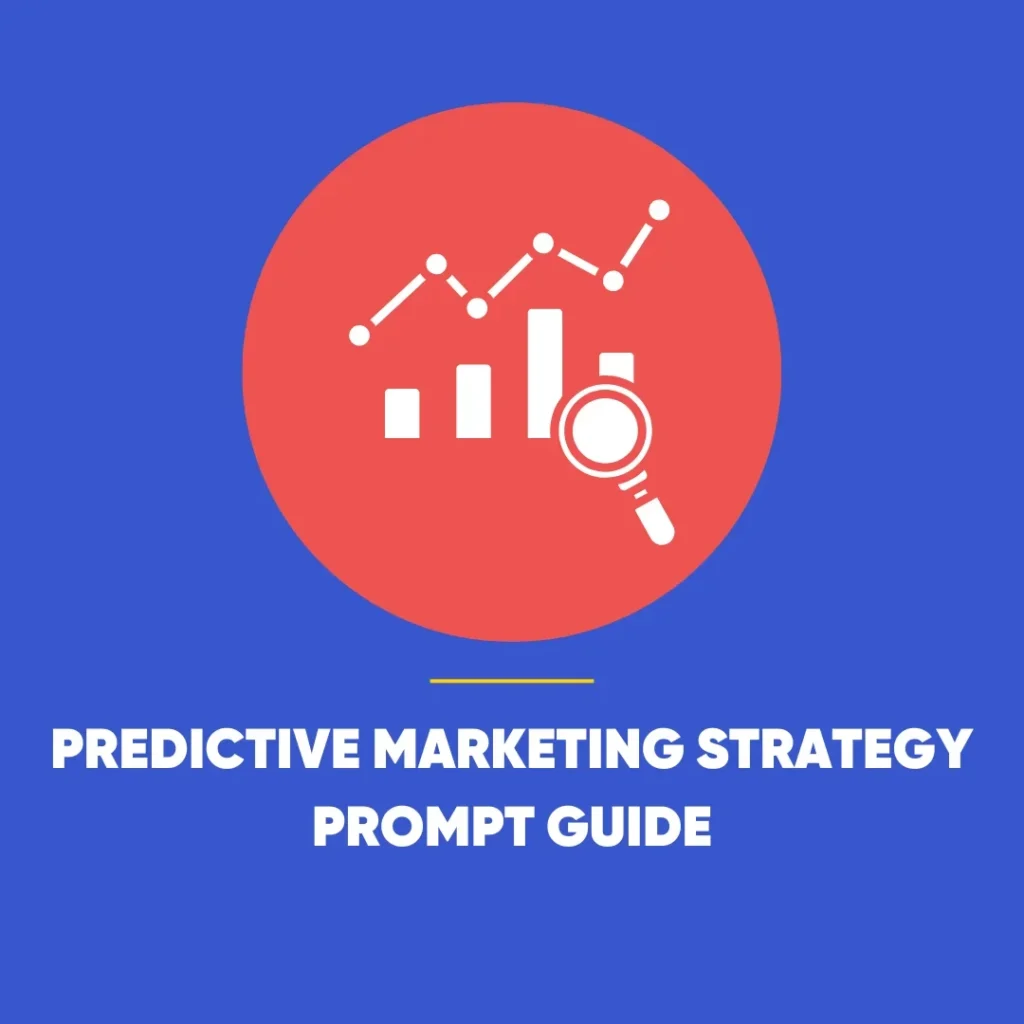Boost Social Bookings: 5 Tips to Drive More Bookings
Social media is a crucial marketing tool for businesses, helping them boost social bookings and engagement effectively. For example, by effectively using platforms like Instagram, Facebook, and Twitter, you can drive more bookings and enhance your customer engagement. This detailed guide will explore five key strategies to boost your social media impact. First, by creating mouth-watering visuals; next, by posting at optimal times; then, engaging with your audience; additionally, utilising paid ads; and finally, encouraging online reviews.
Create Mouth-Watering Visuals
Showcase Your Dishes Professionally
Visual content is a crucial component of social media marketing. Additionally, high-quality images and videos of your dishes can captivate potential customers and influence their dining choices. Here’s how to ensure your visuals are compelling:
- Invest in Professional Photography: High-resolution images are essential for showcasing your dishes in their best light. Furthermore, consider hiring a professional photographer who has experience with food photography. In fact, a skilled photographer knows how to capture the textures, colours, and presentation of your dishes, making them look irresistible.
- Example: A well-lit photo of a perfectly plated dish, taken from an angle that highlights its details, can be more engaging than a standard overhead shot.
- Utilise Natural Lighting: Natural light enhances the appearance of food. Shooting near a window or in a well-lit area can avoid the harsh shadows and colour distortions that artificial lighting might cause.
- Tip: If natural light is limited, use a lightbox or soft diffusers to create an even and flattering light on your dishes.
- Style Your Dishes: The way your dishes are presented can make a significant difference. For instance, use garnishes, stylish plates, and elegant utensils to make your food look appealing. Moreover, proper styling can transform an ordinary dish into a visually stunning one.
- Example: A dish garnished with fresh herbs and served on a beautifully patterned plate can look more sophisticated and enticing.
- Edit Your Photos Carefully: Post-processing can enhance your images, but it should be done subtly. Adjusting brightness, contrast, and sharpness can make your photos stand out, but avoid over-editing, as this can misrepresent the dish.
- Tool: Use editing apps like Adobe Lightroom or Snapseed for professional-quality edits.
Create Engaging Content
- Behind-the-Scenes Glimpses: Sharing behind-the-scenes content can create a connection with your audience. For instance, show how your dishes are prepared, from fresh ingredients to the final plating. This transparency can build trust and interest.
- Example: A video of your chef preparing a signature dish can intrigue potential customers and give them a reason to visit.
- Use Videos and Stories: Short videos and stories can be more engaging than static images. Consider creating content that shows your dishes being made, served, or enjoyed by customers.
- Tip: Use Instagram Stories or Facebook Live to stream live cooking demonstrations or special events.
- Share Customer Testimonials: Featuring positive feedback from satisfied customers can serve as social proof and build credibility.
- Example: Post short video clips of customers sharing their favourite dishes or write-ups of their dining experience.
Consistent Branding
- Develop a Visual Identity: Establish a consistent visual style for your posts. This includes using a specific colour palette, fonts, and logo placement to boost social bookings and reflect your brand’s identity. Consistency helps in building brand recognition.
- Example: Use a particular filter or editing style for all your food photos to create a cohesive look across your social media profiles.
- Create Templates: Design templates for different types of posts, such as promotions, daily specials, or event announcements. As a result, this maintains a uniform appearance and makes it easier to create new content.
- Tool: Canva offers easy-to-use templates for social media posts that can be customised to fit your brand.
Post at the Right Times
Analyse Audience Activity
- Use Analytics Tools: Social media platforms provide analytics tools to track when your audience is most active. Facebook Insights, Instagram Analytics, and Twitter Analytics can help you determine peak engagement times.
- Example: If analytics show that your audience is most active on weekdays between 12 PM and 2 PM, plan your posts for these times to maximise reach.
- Track Engagement Patterns: Review the performance of your posts to identify patterns. Look at metrics such as likes, comments, and shares to understand when your audience interacts the most.
- Tip: Use tools like Hootsuite or Buffer to track engagement trends over time and adjust your posting schedule accordingly.
- Test Different Times: Experiment with posting at various times and on different days. A/B testing can help you find the optimal posting schedule for your audience.
- Example: Try posting in the morning versus the evening to see which time generates more engagement.
Plan Your Posting Schedule
- Create a Content Calendar: A content calendar helps you plan and schedule your posts in advance. This ensures you maintain a consistent presence to boost social bookings and avoid last-minute scrambling for content.
- Tool: Use Google Calendar or project management tools like Asana to organise your posting schedule.
- Consider Time Zones: If your audience spans multiple time zones, adjust your posting schedule to accommodate their local times.
- Example: If you have customers in both London and New York, schedule posts to target peak times in both locations.
- Avoid Overposting: While it’s important to be consistent, overposting can overwhelm your audience. Find a balance that keeps your content fresh without becoming repetitive.
- Tip: Aim for a few high-quality posts per week rather than posting multiple times a day.
Experiment and Adjust
- Monitor Performance Metrics: Regularly review metrics such as reach, engagement, and click-through rates to assess the effectiveness of your posts.
- Tool: Use social media management tools like Sprout Social to get detailed performance reports.
- Adjust Based on Data: Use insights from performance metrics to refine your posting strategy. Adjust the timing, frequency, and type of content based on what resonates best with your audience.
- Example: If videos receive more engagement than photos, consider increasing the frequency of video posts.
- Test Ad Variations: Experiment with different variations of your posts to see what performs best. Test different headlines, images, and calls to action.
- Tool: Conduct split tests (A/B tests) on platforms like Facebook Ads Manager to optimise your content.
Boost Social Bookings: Engage with Your Audience
Respond to Comments and Messages
- Timely Responses: Promptly respond to comments and messages to show that you value your customers’ input. For instance, quick responses can improve customer satisfaction and increase the likelihood of them visiting your restaurant.
- Tip: Set up notifications for new comments and messages to ensure you don’t miss any interactions.
- Personalised Interactions: Personalise your responses to make them more engaging. Furthermore, use the customer’s name and address their specific comments or questions to create a more meaningful interaction.
- Example: Instead of a generic reply, say, “Hi Sarah, we’re glad you enjoyed the mushroom risotto! We look forward to seeing you again soon.”
- Address Negative Feedback: Handle negative feedback professionally. Apologise for any issues and offer solutions to resolve the problem.
- Example: “We’re sorry to hear about your experience with our service. Please send us a direct message so we can make it right.”
Host Interactive Contests and Polls
- Run Engaging Contests: Organise contests that encourage your audience to participate and share.
- Example: Create a photo contest where customers share their best pictures of your dishes with a branded hashtag. For instance, offer a prize for the best photo.
- Conduct Polls: Use polls to engage your audience and gather feedback on various topics.
- Example: Ask your followers to vote on which new menu item they’d like to see or their favourite dish from the current menu.
- Promote User-Generated Content: Encourage customers to create and share content about their experiences at your restaurant.
- Tip: Feature user-generated content on your social media profiles to build community and trust.
Share User-Generated Content
- Showcase Customer Photos: Repost photos shared by your customers. This not only provides social proof but also helps boost social bookings by engaging your audience.
- Example: Share a post featuring a customer enjoying a meal at your restaurant and thank them for their support.
- Highlight Positive Reviews: Share positive reviews on your social media channels to enhance your restaurant’s credibility.
- For example, you can post a screenshot of a glowing review with a thank you message to the reviewer.
- Create a Hashtag Campaign: Develop a unique hashtag for your restaurant and encourage customers to use it when posting about their experiences.
- Tip: Monitor the hashtag to discover and share user-generated content.
Utilise Paid Ads
Target Local Customers
- Set Geographic Parameters: Use social media ad platforms to target users in your local area. Specifically, set parameters to reach potential customers and boost social bookings for your restaurant.
- Tool: Facebook Ads Manager allows you to target ads based on location, age, interests, and more.
- Define Your Audience: Refine your audience targeting by including demographics such as age, interests, and behaviours. In contrast, this helps ensure your ads reach individuals who are most likely to be interested in your offerings.
- For example, you can target ads to users who have shown an interest in dining out or who have liked similar restaurants.
- Promote Special Offers: Use paid ads to highlight special offers, promotions, or events at your restaurant.
- Example: Create an ad promoting a limited-time discount or a special event to attract new customers.
Create Compelling Ad Copy
- Craft Attention-Grabbing Headlines: Your ad headline should capture attention and convey the key message quickly. Moreover, use persuasive language to highlight the benefits of visiting your restaurant.
- Example: “Enjoy 20% Off Your First Visit! Book Now and Satisfy Your Cravings.”
- Include High-Quality Visuals: Use eye-catching images or videos in your ads. Visuals should be relevant to the offer and align with the overall theme of the ad.
- Tip: Include images of your most popular dishes or an inviting atmosphere to entice potential customers.
- Use a Strong Call to Action: Include a clear and compelling call to action in your ad copy. Encourage users to take immediate action, such as booking a table or visiting your website.
- Example: “Reserve Your Table Today – Limited Slots Available!”
Monitor and Adjust Ad Performance
- Track Ad Metrics: Use analytics tools to monitor the performance of your ads. Track metrics such as click-through rates, conversion rates, and cost per acquisition.
- Tool: Facebook Ads Manager provides detailed analytics on ad performance, including reach, engagement, and conversion metrics.
- Optimise Ad Spend: Adjust your ad budget based on performance data. Moreover, allocate more budget to ads that perform well and reduce spending on less effective ads.
- Example: If a particular ad is driving high engagement and bookings, consider increasing its budget to maximise its impact.
- Test Ad Variations: Experiment with different ad variations to see what resonates best with your audience. Moreover, test different headlines, images, and calls to action to optimise your ad campaigns.
- Tip: Conduct A/B tests to compare the performance of different ad elements and make data-driven decisions.
Boost Social Bookings: Encourage Online Reviews
Request Reviews from Satisfied Customers
- Ask for Feedback: Request feedback from satisfied customers, either in person or through follow-up emails.
- Example: After a meal, you might say, “We hope you enjoyed your dining experience. We’d love to hear your feedback on Google or TripAdvisor.”
- Make It Easy: Provide direct links to review platforms to simplify the process for customers.
- Tip: Include links to your review profiles in post-visit emails or on your website.
- Offer Incentives: Consider offering incentives such as discounts or loyalty points for leaving a review.
- Example: “Leave us a review and receive a 10% discount on your next visit!”
Respond to Reviews
- Thank Positive Reviewers: Show appreciation to customers who leave positive reviews. Hence, a simple thank you can build customer loyalty and encourage repeat visits.
- Example: “Thank you, John, for your kind words! We’re thrilled you enjoyed your meal and look forward to seeing you again.”
- Address Negative Reviews Constructively: Handle negative reviews with empathy and a willingness to resolve any issues.
- Example: “We’re sorry to hear about your recent experience. Please contact us directly so we can make things right.”
- Highlight Improvements: If you’ve made changes based on customer feedback, be sure to mention this in your responses.
- Example: “We’ve recently updated our menu based on feedback from our customers. We hope you’ll enjoy the new options!”
Leverage Reviews in Your Marketing
- Share Testimonials on Social Media: Post positive reviews and testimonials on your social media channels. Hence, this builds trust and encourages new customers to visit.
- Example: Share a screenshot of a glowing review along with a thank you message and a call to action.
- Create a Review Highlights Page: Develop a dedicated page on your website to showcase positive reviews.
- Example: A “Reviews” page on your website can feature a selection of positive testimonials, enhancing your restaurant’s credibility.
- Incorporate Reviews in Ads: Feature positive reviews in your paid ads to enhance their effectiveness.
- Example: Use a review quote in your ad copy to provide social proof and attract more customers.
Boost Social Bookings: Conclusion
In summary, driving more bookings through social media involves a strategic approach that encompasses high-quality visuals, optimal posting times, active engagement, targeted ads, and positive reviews. By implementing these strategies, you can enhance your restaurant’s online presence, attract more customers, and ultimately increase your bookings. Overall, use the insights and tips provided to create a robust social media strategy that resonates with your audience and drives success.









